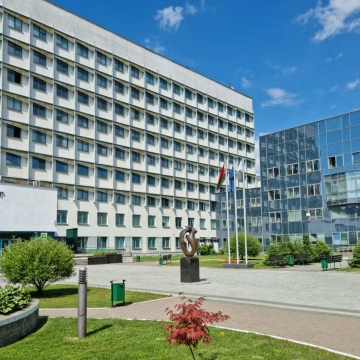
Acquired heart defects are abnormalities in the structure or function of the heart valves that arise as a result of diseases such as chronic rheumatic heart disease , infective endocarditis, or atherosclerosis. These conditions lead to poor circulation and require prompt diagnosis and treatment to prevent serious complications.
The main types of acquired heart defects
- Valve stenosis. A narrowing of the valve opening that impedes blood flow.
- Valve insufficiency. Incomplete closure of the valve, causing backflow of blood (regurgitation).
- Combined defects. A combination of stenosis and insufficiency of one or more valves.
The mitral and aortic valves are most commonly affected.
Causes of acquired heart defects
- Rheumatic fever. One of the most common causes of valve damage.
- Infective endocarditis. Inflammation of the inner lining of the heart.
- Atherosclerosis. Damage to the valve structure due to cholesterol deposits.
- Heart injuries. Mechanical damage to valves.
- Age-related changes. Degenerative processes in valve tissue.
Symptoms of acquired heart defects
- Shortness of breath that worsens with physical exertion.
- Fatigue, weakness, decreased performance.
- Chest pain or pressure.
- Rapid heartbeat or arrhythmia.
- Swelling of the lower extremities.
- Dizziness, fainting.
Diagnosis of acquired heart defects in Belarus
For accurate diagnosis of heart defects the following are used:
- Echocardiography (ECHO-CG). The primary method for assessing the condition of the valves and heart function.
- ECG (electrocardiography) . Helps identify rhythm and conduction disturbances.
- Chest X-ray . Assesses heart size and the presence of pulmonary congestion.
- Cardiac catheterization measures pressure in the heart chambers and blood vessels.
- Cardiac MRI provides detailed information about the structure of the valves and the function of the heart muscle.
- Computed tomography of the heart .
Treatment methods for acquired heart defects in Belarus
Medication. Prescribed to relieve symptoms, prevent complications, and prepare for surgery:
- Diuretics to reduce swelling and eliminate congestion.
- Anticoagulants to prevent blood clots.
- Beta blockers to control heart rhythm.
- ACE inhibitors to reduce the load on the heart.
Surgical treatment. In cases of significant valve dysfunction, the following procedures are performed:
- Valve reconstruction. A gentle method that preserves the patient's own valve.
- Valve replacement. Replacement of the valve with a mechanical or biological prosthesis.
- Balloon valvuloplasty. Minimally invasive widening of a narrowed valve orifice.
- TAVI (transcatheter aortic valve implantation)
Rehabilitation after treatment of heart defects
After surgery, the patient is prescribed rehabilitation programs that include exercise therapy, diet therapy, and management of chronic diseases.
Treatment of acquired heart defects in Belarus is aimed at relieving symptoms, preventing complications, and restoring normal valve function. The choice of treatment method depends on the type and severity of the defect, the patient's age, and the presence of comorbidities. Surgical intervention, combined with drug therapy and regular monitoring, can significantly improve the patient's prognosis and quality of life.

